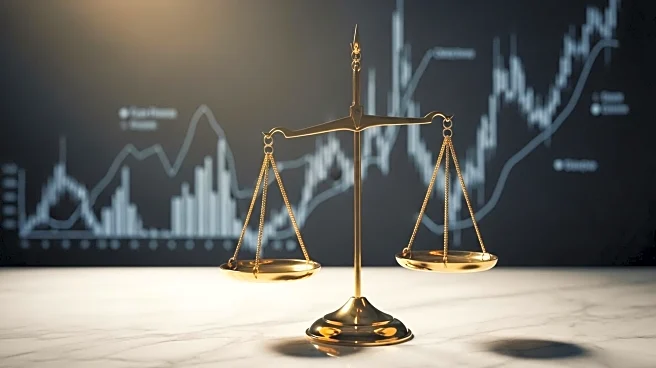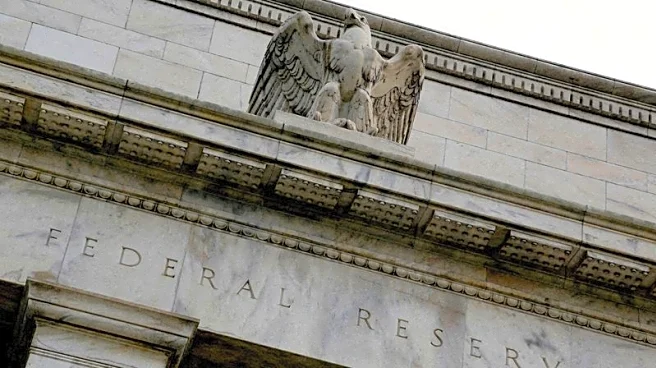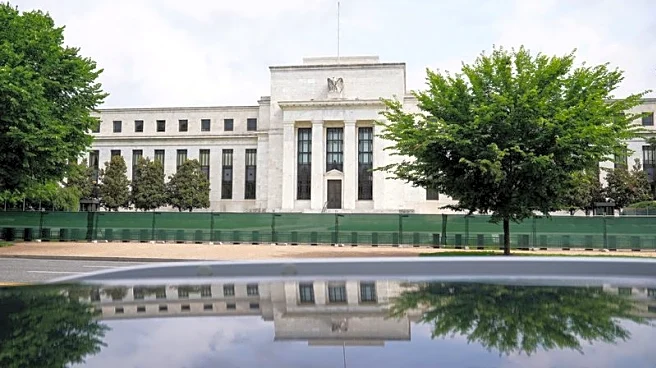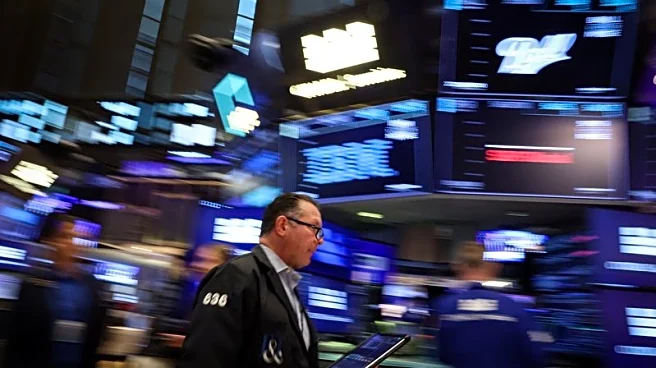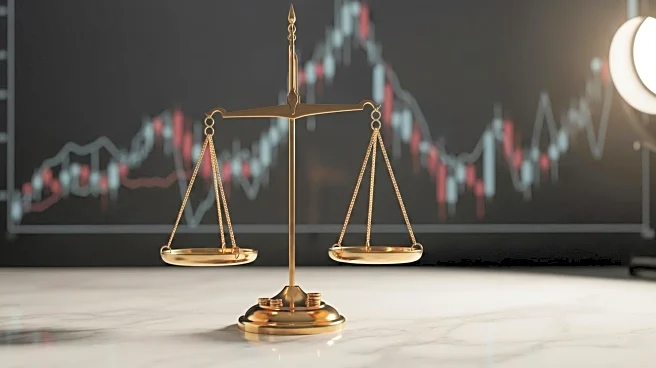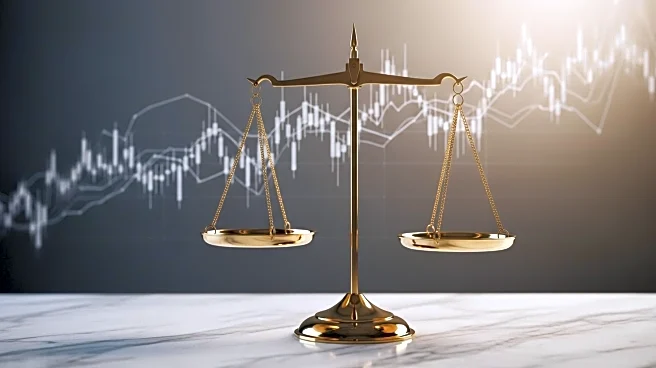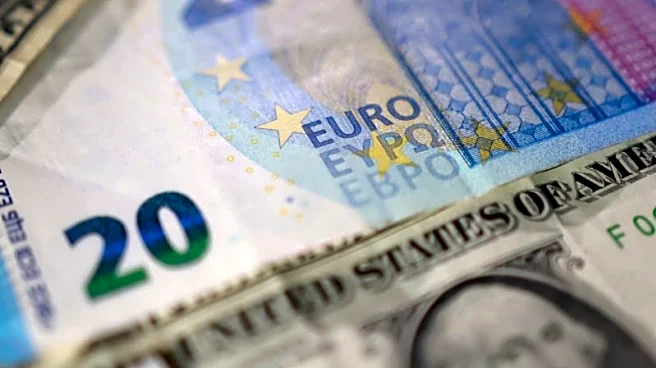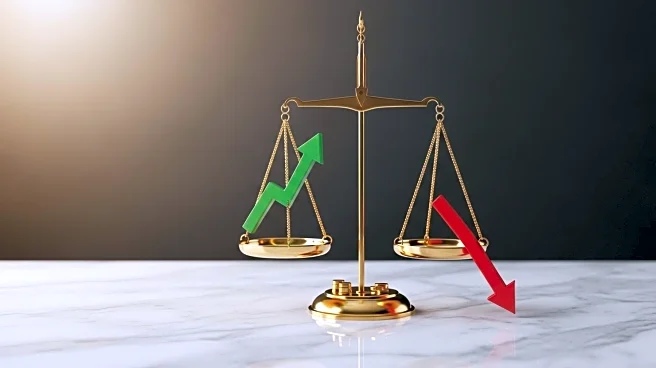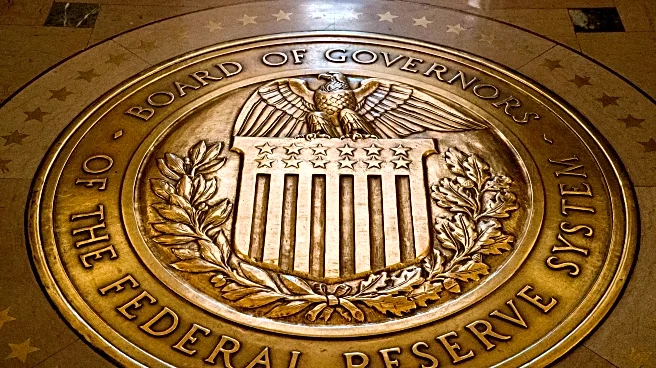What is the story about?
What's Happening?
The Federal Reserve, led by Chair Jerome Powell, has reduced its key interest rate by a quarter-point, bringing it down to approximately 4.1%. This decision marks the first rate cut since December and comes amid growing concerns about the U.S. labor market's health. The Fed has signaled the possibility of two more rate cuts within the year. The central bank's focus has shifted from inflation, which remains slightly above its 2% target, to addressing the slowdown in hiring and the rising unemployment rate. The rate cut aims to lower borrowing costs for mortgages, car loans, and business loans, potentially boosting economic growth and employment. The decision was largely supported by Fed officials, with only one dissenting vote from Stephen Miran, a recent appointee by President Trump.
Why It's Important?
The Federal Reserve's decision to cut interest rates is significant as it reflects the central bank's response to a weakening labor market and potential economic slowdown. Lower interest rates can stimulate borrowing and spending, which may help counteract the recent decline in job creation and support economic growth. However, persistent inflation, partly driven by tariffs, poses a challenge to the Fed's ability to cut rates more aggressively. The decision also highlights the Fed's balancing act between supporting the economy and managing inflationary pressures. The outcome of this policy shift will have implications for businesses, consumers, and the broader U.S. economy, influencing investment decisions and consumer confidence.
What's Next?
The Federal Reserve has indicated that it may implement two additional rate cuts this year, with the possibility of further adjustments in 2026. This approach suggests a cautious recalibration of monetary policy to sustain economic growth without triggering excessive inflation. Wall Street and economists will closely monitor the Fed's future actions and economic projections, as these will provide insights into the central bank's assessment of economic conditions and its policy trajectory. The Fed's decisions will likely influence market expectations and investor behavior, impacting financial markets and economic stakeholders.
AI Generated Content
Do you find this article useful?
